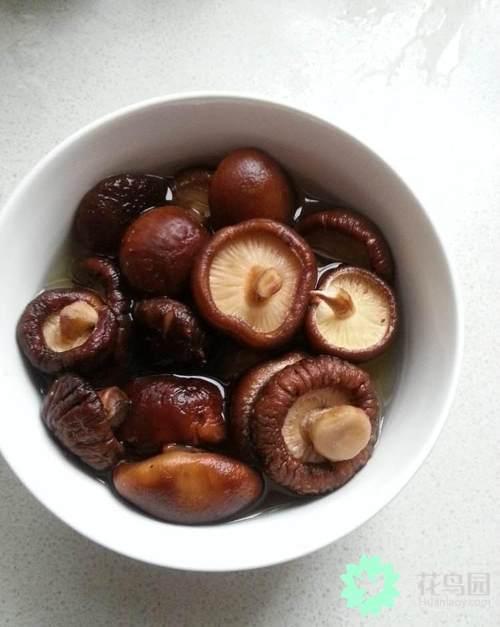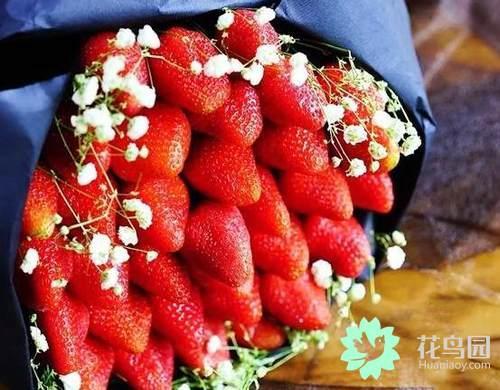Cultivation methods and precautions of potted canna

Canna is a common flowering plant in subtropics and tropics, with large and colorful flowers and rich colors, so it is often potted indoors. How to raise canna? Next, I would like to introduce the cultivation method of potted canna.
Culture methods of potted canna
1. The appropriate basin is deep and the soil is loose: canna is a root plant, and the basin should be deeper and larger, with a tile basin with a diameter of 3040 cm. It has strong adaptability and does not choose soil, so it grows best in fertile, loose and well-drained sandy loam. Rotten leaf soil and vegetable garden soil can be mixed with a small amount of sand as culture soil. When planting, it is appropriate to plant deeply and cover 68 cm of soil. Put a layer of broken hard plastic foam at the bottom of the basin to facilitate ventilation and drainage. Change the basin and soil every spring.
two。 Moderate inflow and frequent fertilization: during the growing period of canna, the basin soil should be dry and wet, and waterlogging should be discharged at any time in the rainy season. The basin soil should be drier during the dormant period. Like fertilizer, in addition to adding some bone meal and nitrogen, phosphorus and potassium compound fertilizer to the culture soil during the growing period, apply nitrogen, phosphorus and potassium compound fertilizer once in the growing period, and do not apply it at flowering, continue to apply nitrogen fertilizer after flowering, avoid single application of nitrogen fertilizer, otherwise there are more leaves and less flowers. No fertilizer is applied during dormancy.
3. Like light, like warm and afraid of cold: beauty steaming is a tropical negative flower, which should be placed on a sunny courtyard, roof garden or west balcony with good ventilation and sunshine, so that not only the roots are big and tillers, but also the flowers are many and gorgeous. if placed in shade, the plant is tall, the color is light, or even no flowers. Fearing frost and snow freezing, Frosts Descent cut off all the scorched yellow leaves and buckled an empty flowerpot on the pot. the south of the Yangtze River can survive the winter safely outside, and people need rooms to survive the winter to the north of the Yangtze River. Prune the flower stem in time. For potted canna, the flower stem should be cut off from the lower part of the stem in time after flower fade, and fertilized to promote it to grow new stem from the stem root, and it can blossom again after one and a half months, so that it can blossom for 34 crops from late May to October, and always insist on beautiful flowers and leaves.
4. Ramet reproduction is easy to survive: in spring, combined with changing the basin and soil, the root is poured out and cut into several pieces with a sharp knife, each with at least 23 buds. The incision is smeared with sulfur powder or charcoal and can be carried in the basin respectively. It can also be bred after anthesis and sowed and propagated in the next spring.
Matters needing attention in potted Canna Culture
1. Ensure light: during the growing period, canna requires sufficient light to ensure that it receives at least 5 hours of direct sunlight every day.
two。 Pay attention to controlling the amount of fertilizer application: potted canna sometimes appear scorched and yellowed at the edge of the leaves, mainly due to excessive application of ferrous sulfate. If the fertilizer is too thick in the heat of summer, it will burn the roots of canna, causing it to "burn to death". Stop fertilizing during the flowering and winter periods of canna.
3. Summer watering must not be too cold: in a hot summer, if the water temperature is too cold, the water will also cause scorch on the edge of the leaf.
4. Pruning the flowers in time: when the flowers at the end of the stem fall behind, the stem branches should be cut off from the base at any time in order to sprout new buds and grow flower branches to bloom one after another.
The above is the introduction of potted canna culture methods. Friends who like potted canna can refer to the above methods and breed them reasonably.
- Prev

Do you use cold water or hot water to soak and dry shiitake mushrooms?
Dried Lentinus edodes is made by drying or drying Lentinus edodes. Dried Lentinus edodes has been preserved for a long time, so many people will make it dry with endless fresh mushrooms. Dried mushrooms are very delicious for stir-frying, stewing and cooking, and the taste will be more delicious.
- Next

Which of the five do you want most if your boyfriend gives you a bunch of fruit blossoms?
As a foodie, many girls also have a unique posture for collecting flowers! If your boyfriend is going to give you a bunch of the following fruits made into bouquets, which one would you like most? The third one is all real foodie, isn't it? Strawberries and...
Related
- Wuhan Hospital Iron Tree Blooming Result Was Instantly Frightened by the Gardener Master
- Which variety of camellia is the most fragrant and best? Which one do you like best?
- What is the small blue coat, the breeding methods and matters needing attention of the succulent plant
- Dormancy time and maintenance management of succulent plants during dormancy
- Minas succulent how to raise, Minas succulent plant pictures
- What are the varieties of winter succulent plants
- How to raise succulent plants in twelve rolls? let's take a look at some experience of breeding twelve rolls.
- Attention should be paid to water control for succulent plants during dormant period (winter and summer)
- Watering experience of twelve rolls of succulent plants
- Techniques for fertilizing succulent plants. An article will let you know how to fertilize succulent plants.

